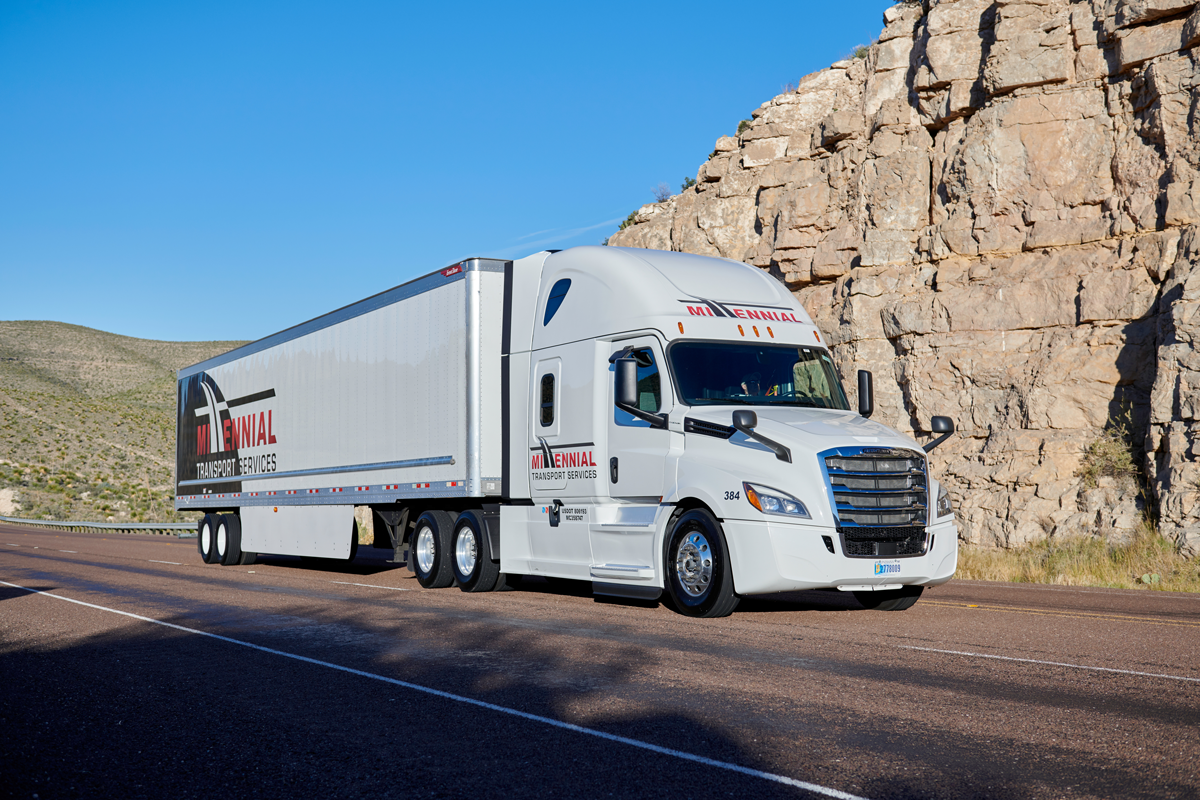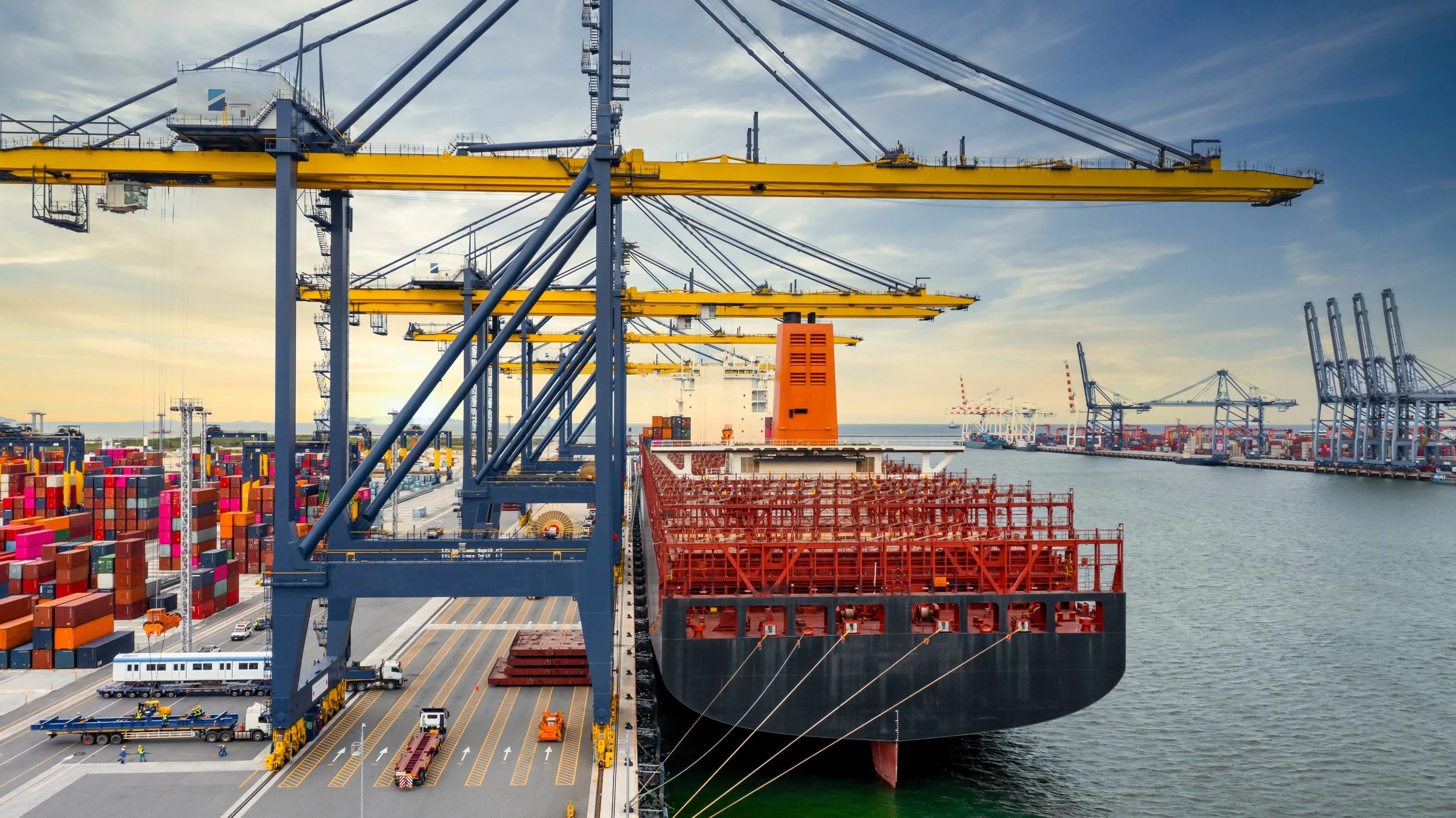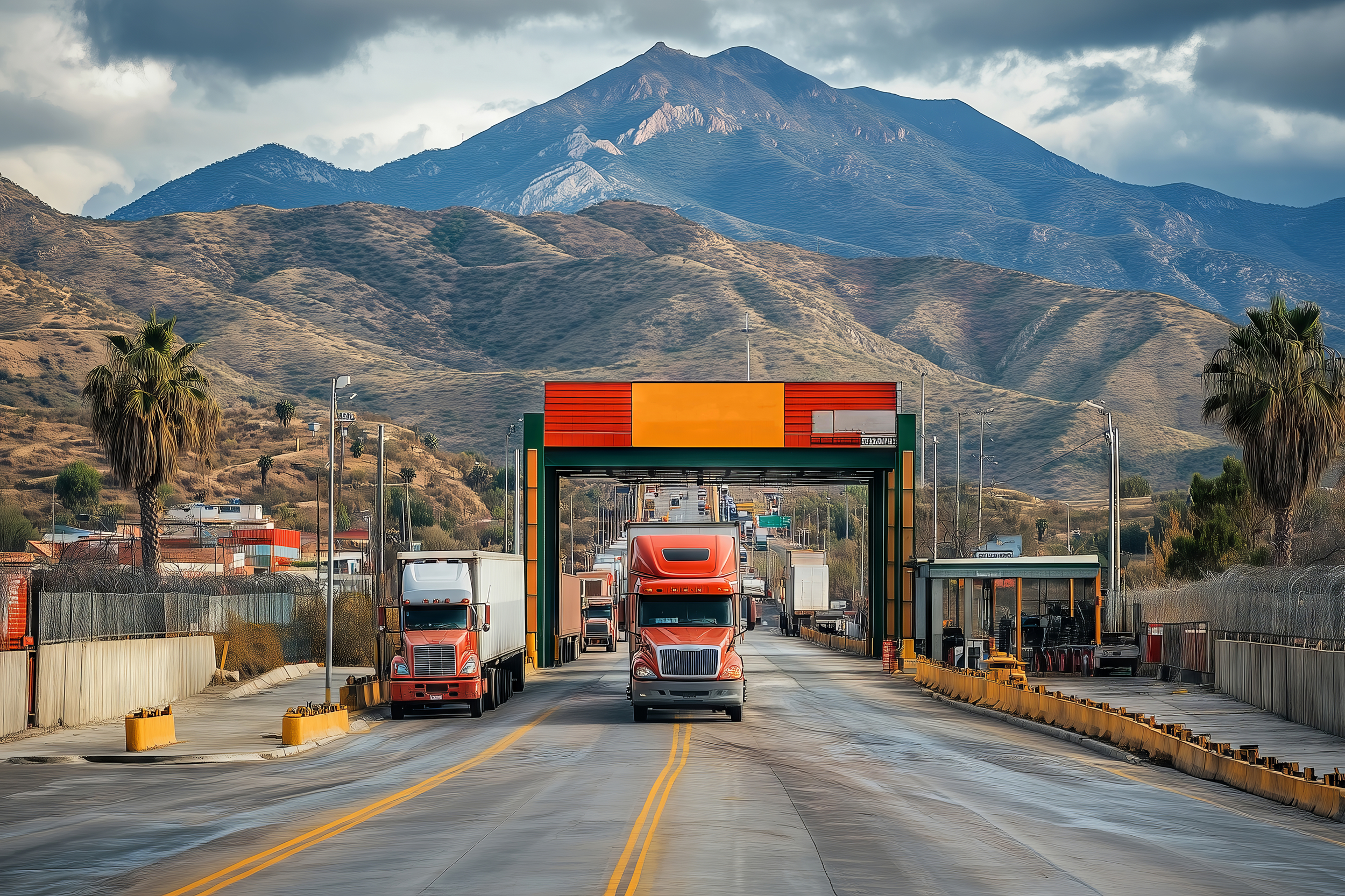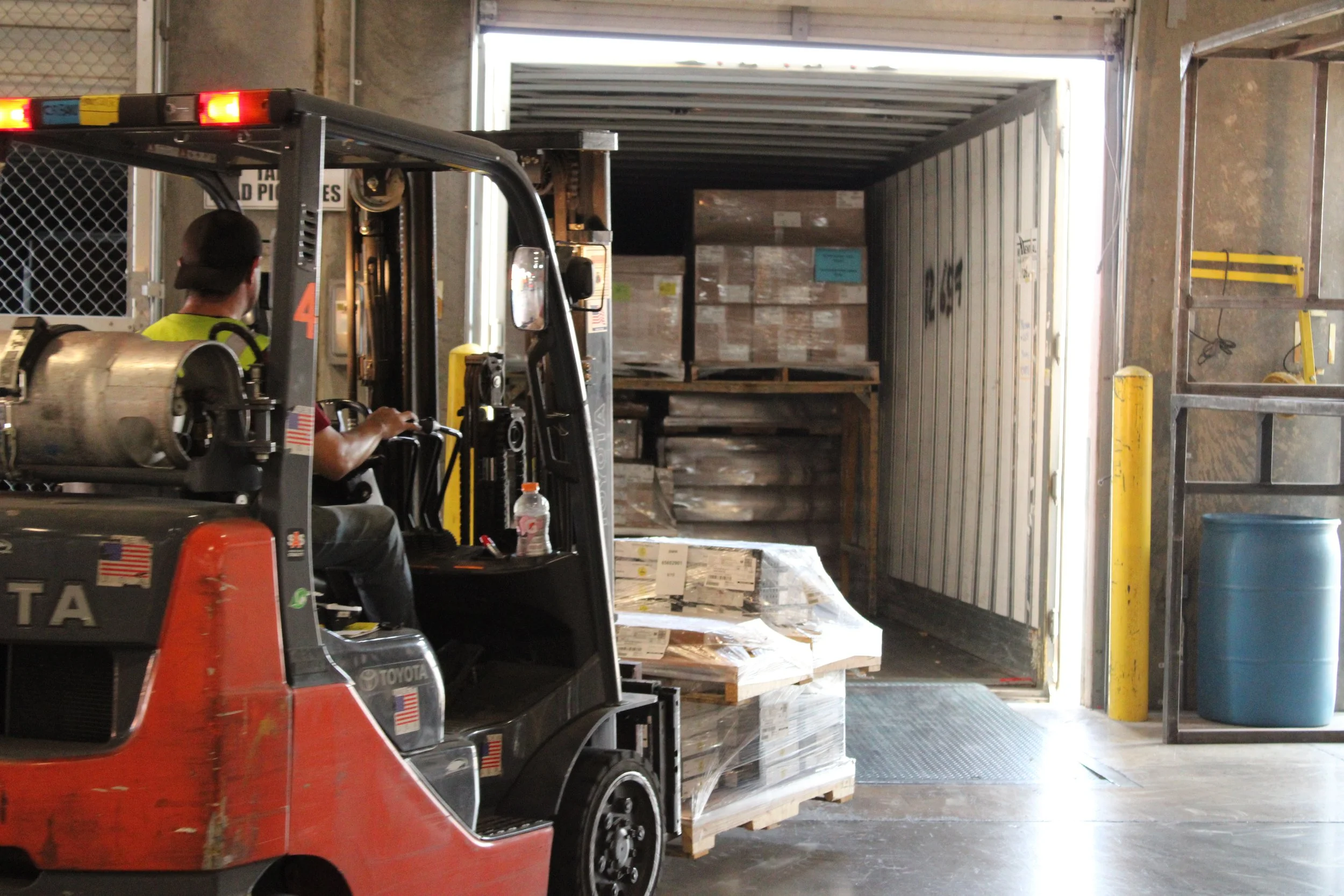
Built for What’s Next
Optimized Logistics. Trusted Partnership.
Cross-border Mastery.
At ProTrans, logistics isn’t just about moving freight — it’s about moving businesses forward.
For more than 30 years, we’ve partnered with leading manufacturers to deliver smarter, cost-effective supply chain solutions that simplify complexity, optimize performance, and keep production moving. Whether across North America or around the globe, we design strategies that anticipate tomorrow’s challenges and deliver measurable results today.

One Group. Many Strengths.
With operations spanning the U.S., Mexico, and Europe, the ProTrans group of companies combines cross-border expertise, global forwarding, and asset-based trucking. Together, we offer the scale of a global provider with the precision of a trusted partner.

Our Companies
The ProTrans group of companies is a family of logistics providers united by one purpose: to simplify complexity and deliver smarter supply chain solutions worldwide.
Core Services
-
LTL Consolidation
Proven multi-client network for efficiency and reliability.
-
Managed Transportation (LTL & FTL)
Optimized routes, capacity, and cost savings.

-
Cross-Border Solutions
Decades of expertise for seamless crossings.

-
3PL & 4PL Logistics
Strategic planning, visibility, and performance.

-
Global Air & Expedites
Agile, responsive service when every minute counts.

-
Global Forwarding
Air and ocean solutions connecting your global supply chain.

-
Customs Brokerage
Working seamlessly to move freight across borders.

-
Intra-Mexico Transportation
Local knowledge, regional strength.


30+ years of international cross-border logistics
Optimized logistics to reduce spend
Trusted by global manufacturers
Proprietary TMS & visibility tools
30+ years of international cross-border logistics Optimized logistics to reduce spend Trusted by global manufacturers Proprietary TMS & visibility tools







